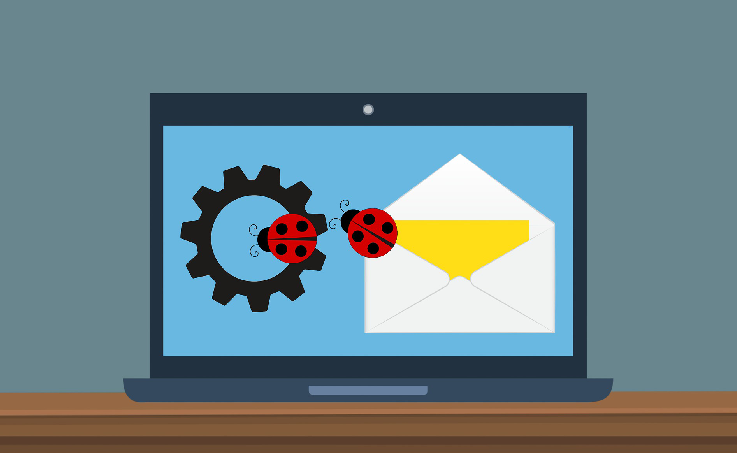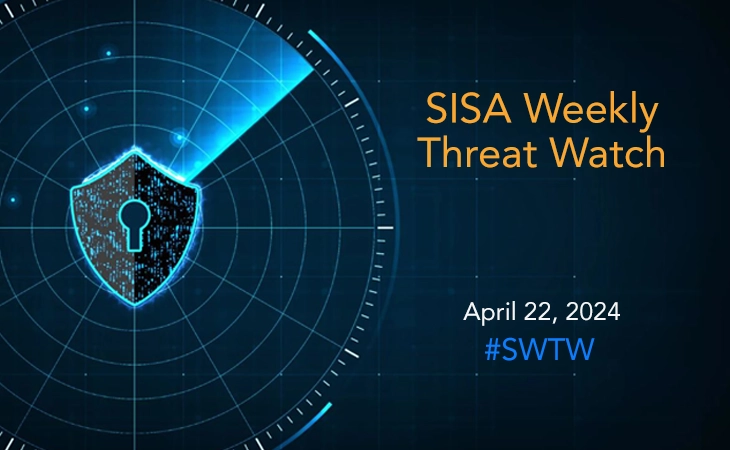Ways to Reduce Rising Email Based Threats and Uphold Better Data Security

Emails have occupied a prominent place in modern business communication. They have become the most widely adopted dissemination channels today and are acting as legal documents in any formal environment, with low cost. Every organization from IT and BPO to health, insurance, and hospitality is making use of emails.
The dark side of the story is that emails are one of the root causes for the cyber-attacks such as, phishing, spear phishing, URL spoofing, installing malicious attachments and scripts, trojans and many more that are happening today. These malicious emails are designed by hackers to look harmless but are potential enough to cause severe damage to an organization, once a target clicks on the email’s content.
As cyber-attacks are inevitable today, taking precautions in securing your data can help you not to become prey to cyber-attacks. This blog explains some of the ways that help to abate the threats caused by malicious mails for a better data security.
Ways to Reduce Email Based Threats
Emails always remain the weakest links to carry out cyberattacks. Reports by Statista show that the spam message traffic of emails accounted for 56% of the total traffic generated for messages across the globe.
Following are some ways that can help you in reducing the email-based cyberattacks considerably,
Use Protected Emails with End-to-End Encryption
Sending mails without encrypting means that you are letting some third party read the private conversation exclusive to your organization.
End-to-end encryption is a technology that encrypts all data before it is sent to a server, using an encryption key that the server does not possess. Encryption helps in protecting your mails against data leaks when there is a breach at the server level.
Educate your employees
Hackers create malicious emails and make them look harmless using several social engineering, phishing and URL spoofing techniques. These malicious emails come with infected attachments and links, which when downloaded or clicked can lead to worst security compromises.
When you educate your employees and give them an exposure to such attacks, you save your organization from cyber-attacks. Simulating fake attacks helps in letting your employees know how to not become prey to email threats like phishing, vishing, etc.
Secure the implementation from the beginning
Try spotting spam emails at the source level before they reach employees’ mailbox by having the best available spam filtering algorithms that check with high-level email authentication standards such as Sender Policy Framework (SPF), Domain Keys Identified Mail (DKIM) before sending/forwarding emails. This initial filtering can save you from several attacks at the base itself.
Also, before implementing any email system in your organization, there is a need to check its ability to secure information transmission.
Restrict Administrator Privileges
While end-to-end encryption helps in reducing breaches at the server level, it may not offer any protection towards the communications that happen at the administration stage. Targeted hacking via phishing campaigns, Insider threats can easily compromise an administrator account with traditional security policies.
Restricting the privileges of administrator accounts can help in reducing the privilege escalation attacks and secure the email implementation from suspicious third-party interference.
Password management
By mandating initial security requirements for the passwords employees set such as using upper- and lower-case letters, special characters, etc., you can ensure that all the systems are secured with hard to guess passwords. This helps in reducing brute force attacks. Also, it is not the best practice to use vendor-supplied passwords.
Do not Download Suspicious Email Attachments
Restrict downloading PDFs, Word documents, ZIP files that come attached from suspicious sources by blocking the access to such sources. Downloading such documents is nothing but letting in intruders.
Email-based cyber-attacks are growing day by day. Hackers are constantly creating new ways to compromise security systems. Most number of breaches that have happened so far are because of users clicking on malicious emails.
Hence, there is a need to secure your sensitive data by protecting your emails by constantly taking precautions to abate the email-based threats to secure your organization.
It is not only necessary but also your responsibility as an organization, to protect the data of your customers who trust you.
 USA
USA India
India APAC
APAC Middle East
Middle East Global
Global

 Facebook
Facebook Linkedin
Linkedin  Twitter
Twitter Youtube
Youtube








